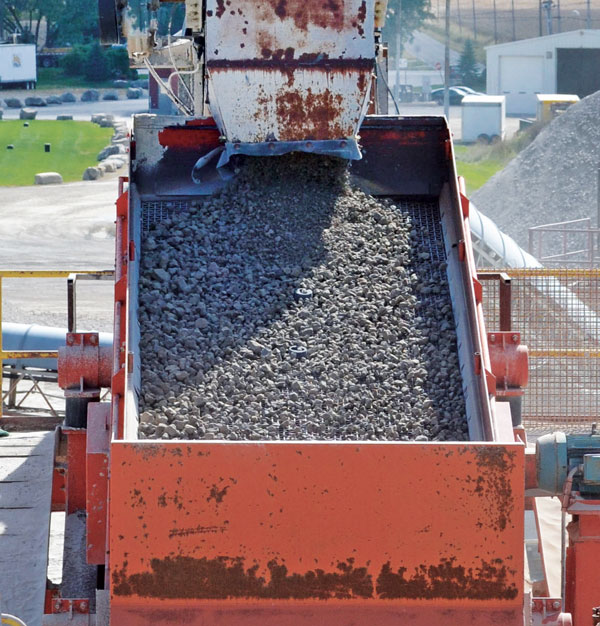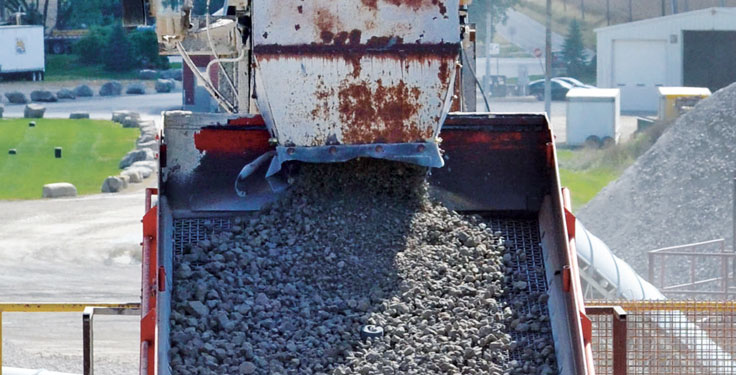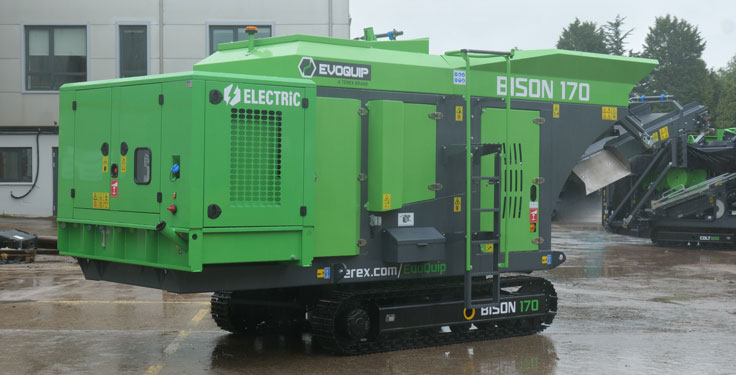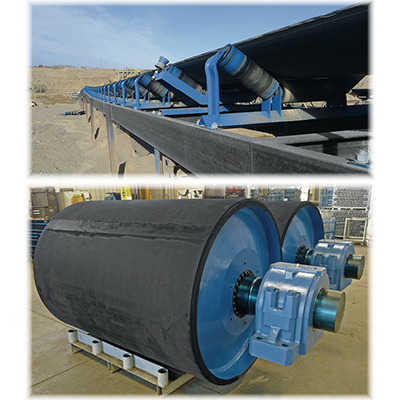
Keegan Nelson spent nearly 10 years of his career in various roles with Martin Marietta, joining Durex Products in 2024. Nelson, who now serves Durex Products as vice president of sales, recently shared his experience related to screening with P&Q.
P&Q: In your experience, how do some of the best-performing aggregate operations approach the maintenance of their screens and their supporting screen media?
NELSON: The best-performing aggregate operations excel in preventive maintenance by methodically scheduling their downtime and screen media changeouts. This approach ensures their equipment is running optimally when needed and helps them avoid unexpected downtime.
P&Q: What are some of the more common screening issues that ultimately create nightmares for maintenance personnel?
NELSON: A significant issue is premature failure of screen media during operations, leading to production losses and putting pressure on the maintenance team to react quickly. This unplanned downtime increases the risk of injury and creates challenges for quality control with out-of-spec products.
Another significant issue is pegging and blinding of screens, which reduces throughput and production efficiency, and can cause gradations to fall out of specification. Depending on the material size, pegging can add extra weight to the screen, making it difficult to change out – especially if it’s on a mid-deck.
P&Q: What are the consequences for aggregate operations that try to ‘stretch out’ screen media’s life by days, weeks or longer?
NELSON: Pushing the limits of your screen media’s lifespan significantly increases the likelihood of producing out-of-spec material. Depending on your operation’s stockpiles, quality control and loadout process, shipping out-of-spec material to a jobsite can be far more costly than just replacing the screen media.
Even a single load that reaches the jobsite and gets mixed into a larger stockpile can lead to the entire stockpile being rejected by DOTs and site engineers, potentially causing substantial financial losses to your company and operation.

P&Q: What role does screen media selection at the start play in minimizing an operation’s maintenance?
NELSON: Selecting the right screen media tailored to your operation and application is imperative for minimizing downtime while maintaining throughput. It’s crucial to consider your material feed, plant setup and the gradations you need to achieve to ensure you balance the need to minimize downtime while maintaining efficient throughput for your operation.
P&Q: Any tips or insights that can better position aggregate producers with their screening maintenance moving forward?
NELSON: Implementing changes in your operation, whether switching product types or suppliers, can be challenging and costly if the change doesn’t go as planned. The potential unplanned downtime from testing a new product can be far more expensive than the cost of any screen media.
However, not switching to a product better suited to your operation can be even more costly over time due to sustained downtime and reduced efficiencies. Evaluating and understanding your operation, along with its goals and metrics, is crucial for balancing the need for a resilient and efficient operation with financial responsibility.
Each location, company and manager has unique challenges, needs and priorities. What works for one operation might not be suitable for another. Ultimately, it’s about identifying the key priorities for your operation and choosing the right screen media to meet those needs.












